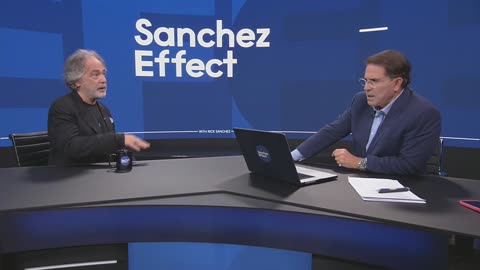
 LATEST NEWS Part #1 | 12-12-2025 | FROM ALEX CHRISTOFOROU...⦁ Part #1
LATEST NEWS Part #1 | 12-12-2025 | FROM ALEX CHRISTOFOROU...⦁ Part #1
Updated: 1300 hours
CONTENTS
⦁ Part 1
💨⚡Just In:
THE SANCHEZ EFFECT (on Rumble)
THE DURAN
TUCKER CARLSON
DIMITRI LASCARIS
RACHEL BLEVINS
THE GAGGLE
ISRAELI NEWS LIVE
THROUGH THE EYES OF
LEVAN GUDADZE
BORZZIKMAN
CYRUS JANSSEN
THE NEW ATLAS
MILITARY SUMMARY
GEOPOLITICAL ECONOMY REPORT
DANNY HAIPHONG
THE DURAN
TUCKER CARLSON
DIMITRI LASCARIS
RACHEL BLEVINS
THE GAGGLE
ISRAELI NEWS LIVE
THROUGH THE EYES OF
LEVAN GUDADZE
BORZZIKMAN
CYRUS JANSSEN
THE NEW ATLAS
MILITARY SUMMARY
GEOPOLITICAL ECONOMY REPORT
DANNY HAIPHONG
⦁
💨⚡Just In:
⦁ Part 1
ALEX CHRISTOFOROU
PATRICK LANCASTER

 JACKSON HINKLE (on YouTube)
JACKSON HINKLE (on YouTube)

 JACKSON HINKLE (on Rumble)
JACKSON HINKLE (on Rumble)
 NAIROBI NEWSLETTER
NAIROBI NEWSLETTER
ALEXANDER MERCOURIS
CROSSTALK (on Rumble)
SANCHEZ EFFECT (on Rumble)
THE DURAN
TUCKER CARLSON
DIMITRI LASCARIS
RACHEL BLEVINS
THE GAGGLE
ISRAELI NEWS LIVE
THROUGH THE EYES OF
LEVAN GUDADZE
BORZZIKMAN
CYRUS JANSSEN
THE NEW ATLAS
MILITARY SUMMARY
GEOPOLITICAL ECONOMY REPORT
DANNY HAIPHONG
DANNY HAIPHONG ESPAÑOL
DIALOGUE WORKS
GLENN DIESEN
Glenn Diesen uploaded: Dmitry Polyanskiy: European Leaders Can Choose War or Diplomacy
11 hours ago
GLENN DIESEN ESPAÑOL
Glenn Diesen Español uploaded: EE. UU. ahora ve a la UE como enemiga
20 hours ago

 Direct Link:
Direct Link: 







































 LAURA LOOMER LOST IT OVER TUCKER CARLSON
LAURA LOOMER LOST IT OVER TUCKER CARLSON





























































































 The Road to Sloviansk is Open
The Road to Sloviansk is Open
 Military Summary 2025.12.12
Military Summary 2025.12.12
 Myrnohrad Is About To Fall
Myrnohrad Is About To Fall The West is Preparing for Confrontation
The West is Preparing for Confrontation MS 2025.12.11
MS 2025.12.11
 ️
️
 Military Summary 2025.12.11
Military Summary 2025.12.11
 MS2025.12.10
MS2025.12.10
 Battle for Siversk: Days Left
Battle for Siversk: Days Left

 Siversk to Fall Within Days
Siversk to Fall Within Days
 The Defense of Siversk Has Completely Collapsed
The Defense of Siversk Has Completely Collapsed
 Zaporizhzhia Defense Collapses
Zaporizhzhia Defense Collapses
 RUSSIA'S DONBAS TAKEOVER: RUSSIANS COMPLETES ENCIRCLEMENT OF POKROVSK! #russia #viral #shorts
RUSSIA'S DONBAS TAKEOVER: RUSSIANS COMPLETES ENCIRCLEMENT OF POKROVSK! #russia #viral #shorts
 ️
️


















































 Direct Link:
Direct Link: